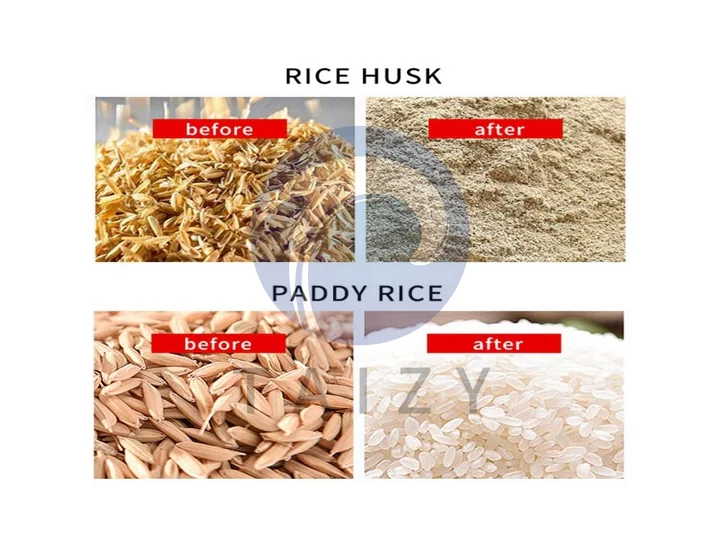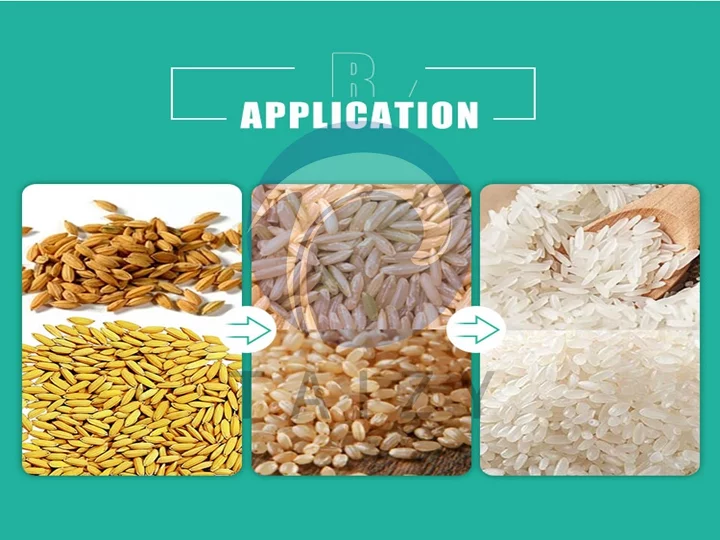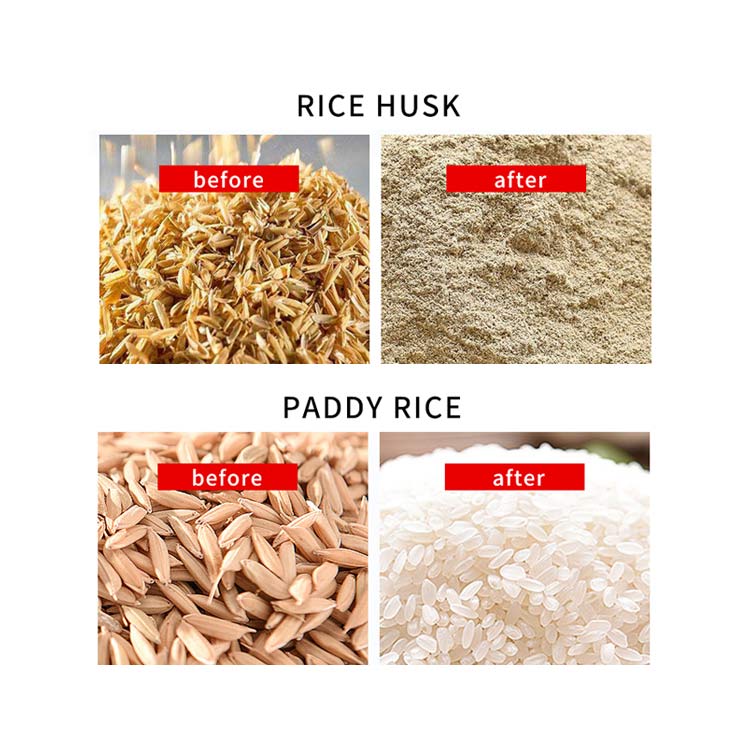Rice processing is a meticulous process, and rice dehusking is a crucial step in this process.
While some may argue that milling rice directly saves time and energy, the reality is that dehusking the rice first can bring many benefits to the rice processing operation. Let’s delve into why rice dehusking is essential for optimizing the rice processing workflow.
Why Dehusk Rice First?
Milling rice directly without prior dehusking may lead to several issues:

1. Reduced Yield: Unprocessed rice contains various impurities such as stones, dirt, etc. Milling it directly can result in the generation of a lot of broken rice, reducing the rice yield and overall production.
2. Compromised Quality: Unhusked rice contains a significant amount of impurities and husk. Direct milling can lead to rice with more impurities, poor color, texture, and overall quality.
3. Energy Waste: Milling rice requires more energy. Milling it directly increases energy consumption, raising processing costs, and lowering profitability.
Benefits of Rice Dehusking:

1. Increased Yield: Dehusking rice first reduces the production of broken rice, increasing the yield and overall production output.
2. Improved Quality: Dehusked rice is cleaner and purer, free from impurities and husk. The resulting rice has better color, texture, and taste, meeting market demands and ensuring customer satisfaction.
3. Energy Saving: Dehusking rice before milling reduces energy consumption during the milling process, cutting down processing costs, and improving production efficiency.
Conclusion:

Rice dehusking is a crucial step in optimizing the rice processing workflow. It increases yield, improves rice quality, saves energy, reduces processing costs, and enhances profitability.
Therefore, for rice processing plants, dehusking rice before milling is essential to ensure the production of high-quality rice products, meet market demands, and improve economic benefits.